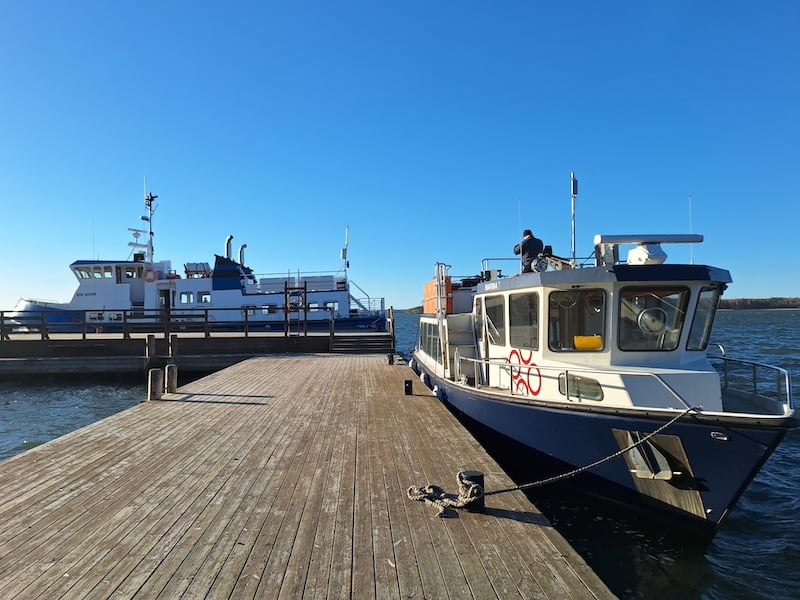Extending these benefits to maritime areas has been challenging, with coverage so far limited to coastal regions. To address this, the 5G-ROUTES project, coordinated by VTT, tested a multi-hop 5G solution extending coverage up to 10 kilometres offshore. The trials were conducted along the maritime route between Finland and Sweden.
Anne Lönnqvist, Research Manager at VTT, described the trials as a significant achievement. “We conducted a pioneering 5G multi-hop test at sea. The project aims to solve the challenges of connectivity and capacity in maritime data transmission, enabling new services for passengers and the broader maritime industry.”
The trials were supported by industry partners including Vediafin, Cumucore, and Airbus, along with major technology providers such as Ericsson, Nokia, Digita, DNA, Telia, and Goodmill Systems.
Lasse Nykänen, Project Manager at Vediafin, highlighted the potential of the new system. “The tests at sea provided an excellent opportunity to develop new 5G applications for maritime use. The technology is ready, and the next step is to establish a commercial deployment model.”
The system integrates public 5G networks, private 5G networks between ships, and satellite connections, ensuring seamless connectivity even when vessels are far from the coast. The multi-hop approach, using mid-band frequencies, enables high-bandwidth 5G links between vessels. Public 5G networks maintain connections to the coast, while private 5G networks handle ship-to-ship communication, with satellite links serving as backups.
Kati Kõrbe, Project Manager at Ericsson Estonia, noted that the solution significantly enhances data services for vessels. However, she emphasised that regulatory limitations, maritime traffic density, and the availability of public 5G networks remain challenges for widespread adoption.
Extensive testing was conducted on two vessels operating between Turku and Stockholm. A ship closer to the shore acted as a relay, providing connectivity to another vessel further offshore. This setup ensured continuous data transmission and reliable internet access for various applications, including real-time video communication, virtual reality tools, and online multiplayer gaming.
Mika Skarp, Business Development Manager at Cumucore, described the solution as a major step forward. “The 5G multi-hop system significantly enhances the reliability and bandwidth of maritime communication networks, ensuring uninterrupted connectivity even in the absence of satellite links. This scalable and flexible solution offers maritime operators a cost-effective way to boost operational efficiency and passenger experience.”
The 5G-ROUTES project is funded under the EU Horizon 2020 programme and focuses on testing innovative 5G applications in cross-border road and maritime transport. The findings provide valuable insights into the integration of public and private networks in maritime contexts and open new possibilities for European shipping, particularly on routes like Latvia-Estonia-Finland. Improved connectivity promises transformative benefits for the industry, enhancing both operational performance and passenger services.
HT


































